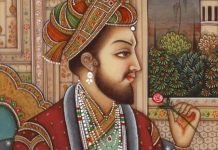Mughal Emperor Shah Jahan
Mughal Emperor Shah Jahan was the sovereign of the Mughal realm in the Indian Subcontinent from 1628-1658. The name Shah Jahan is gotten from Persian and it implies Emperor of the world. He was brought into the world on fifth January 1592 in Lahore India and he was died in 22nd January 1666 in Agra, India. He was the third child of Emperor Jahangir. His complete name was Khurran Shihab-ud-din-Muhammad.
Also you like to read How many days should you stay in Agra to see all the sights?
“He was born on 5th January 1592 in Lahore India and he died in 22nd January 1666 in Agra, India”
Shah Jahān, Mughal emperor from 1628 to 1658, is perhaps best remembered for the grand monuments constructed during his reign, especially the Taj Mahal and the Motī Masjid (Pearl Mosque) in Agra and the Jāmiʿ Masjid and Red Fort in Delhi.
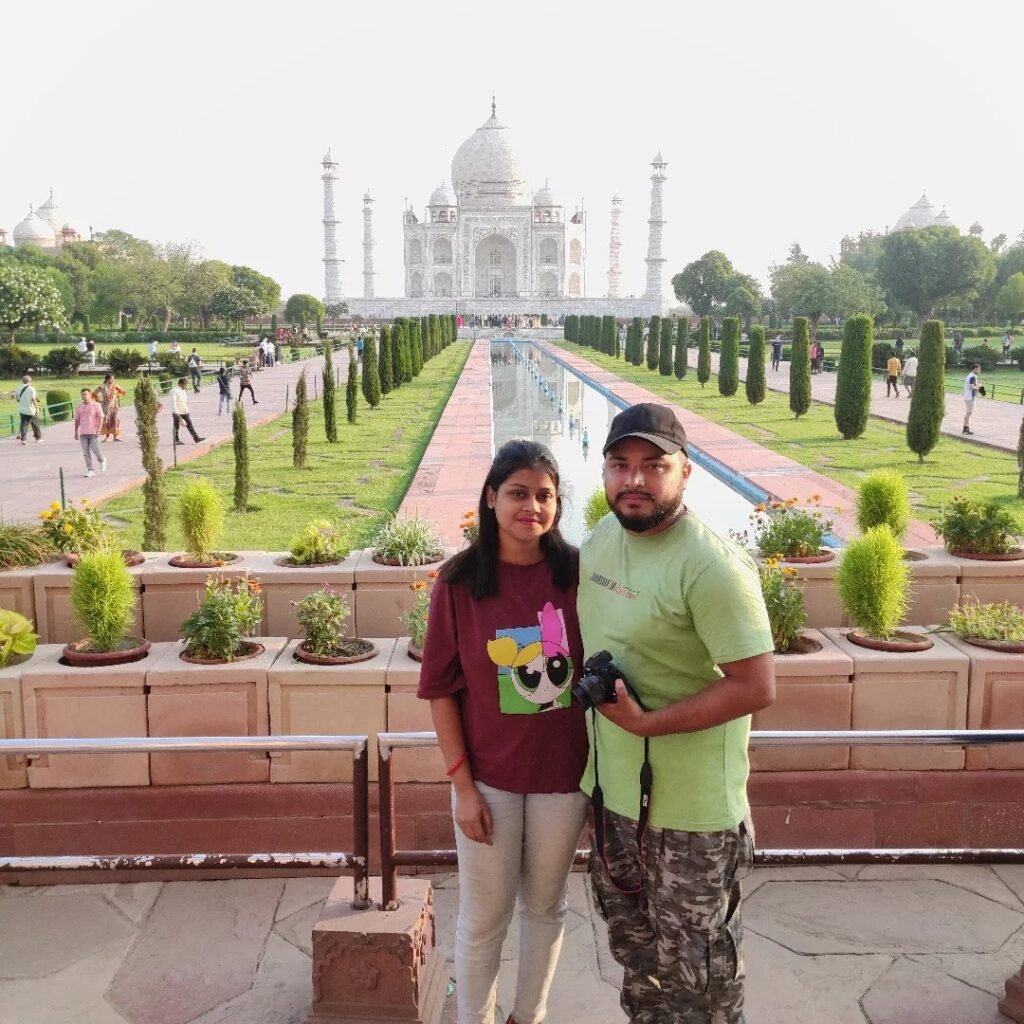
Delhi Agra one day tour by Car – Book with Local Expert From ₹ 6,500
Delhi Agra one day tour by Car Inclusive of neat and clean Car with Experienced Driver + Local Live Guide on Additional cost – Check Out More!
View Details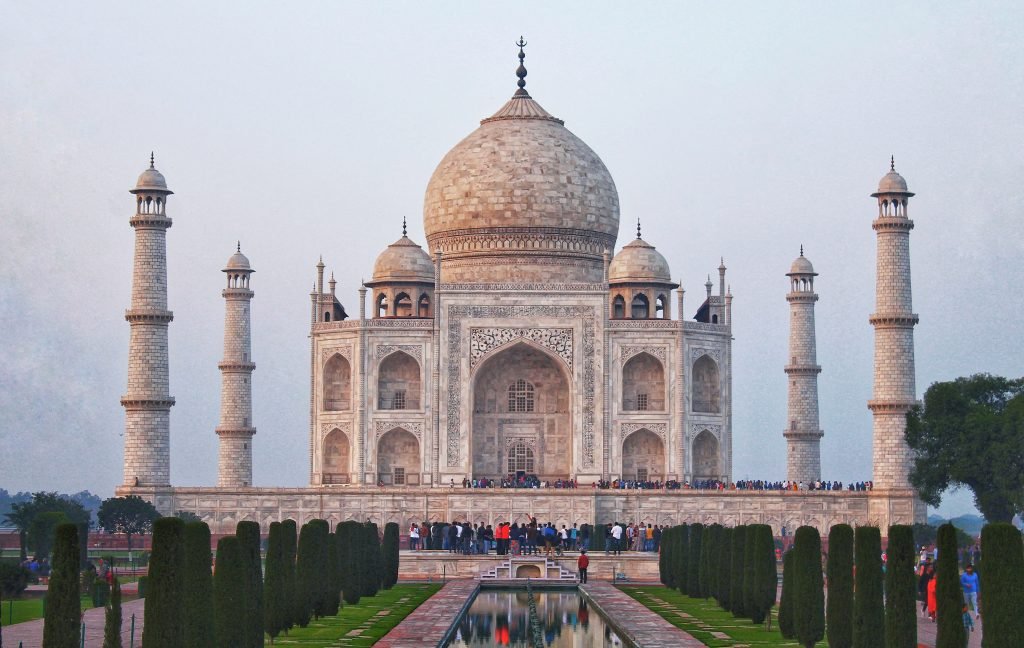
When did shah jahan married Mumtaz Mahal
He married Mumtaz Mahal, Daughter of Asif Khan, in 1607, who was 14 at the time of marriage. Mumtaz Mahal was a name given by her husband, Mughal Emperor Shah Jahan, after finding her appearance and character outstanding among all the women of the time. Her real name was Arjumandu Banu Bergum. She was a granddaughter of a Persian noble. Despite her pregnancies, Mumtaz Mahal traveled with her husbands, Emperor Shah Jahan, entourage throughout his earlier military campaigns and the subsequent rebellions against his father.
“Shah Jahan was a student of architecture and art, who took care of even the least detail in any construction that he ordered and lived a lavish life. The perfect and most famous example of his is the Taj Mahal.”
Shah Jahan was an understudy of engineering and craftsmanship, who dealt with even minimal detail in any development that he requested and carried on with a rich life. The ideal and most well-known illustration of his is the Taj Mahal. This is a white marble tomb that was worked by Emperor Shah Jahan in memory of this third spouse Mumtaz Mahal. Mumtaz Mahal kicked the bucket at 39 years old while bringing forth their fourteenth kid.
The Taj Mahal is the most lovely burial chamber on the planet where every single detail had been painstakingly thought out and executed with accuracy. The tall entryways have text engraved on them from the Koran. Valuable stones like Onyx, Jasper, Cornelian, Carbuncle, and Malachite among others are studded in the mosaic.
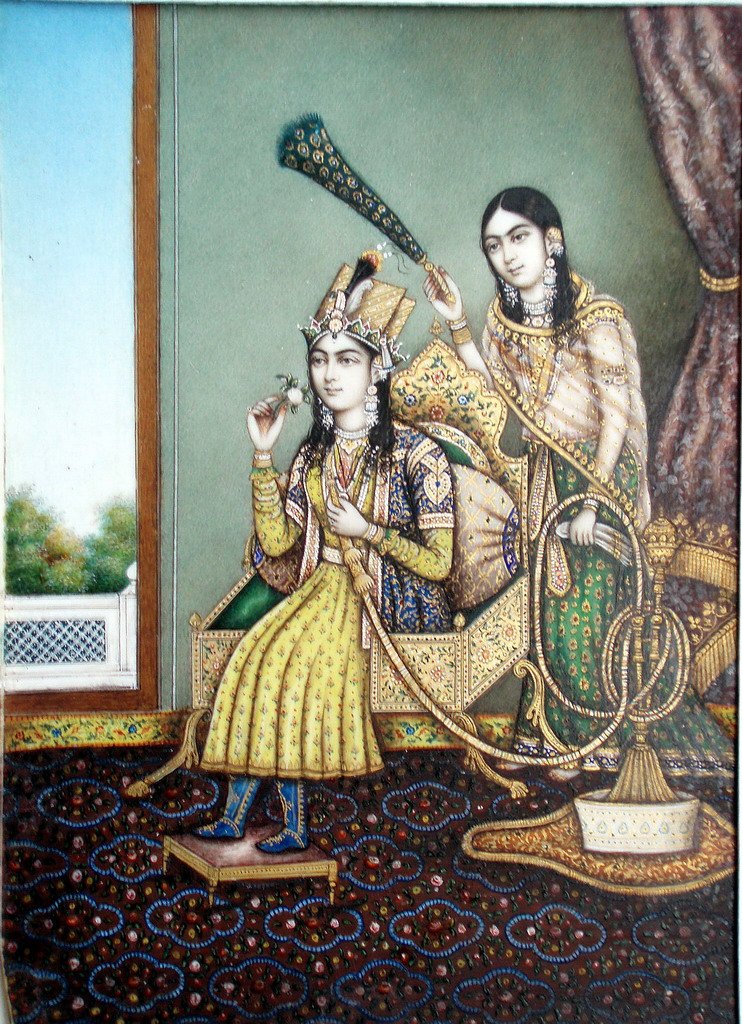
Shah Jahan was an understudy of engineering and craftsmanship, who dealt with even minimal detail in any development that he requested and carried on with a rich life. The ideal and most well-known illustration of his is the Taj Mahal.
Add that up over a week and you’ll have nearly a pound of fat loss with very little pain or diet deprivation
This is a white marble tomb that was worked by Emperor Shah Jahan in memory of this third spouse Mumtaz Mahal. Mumtaz Mahal kicked the bucket at 39 years old while bringing forth their fourteenth kid.
The Taj Mahal is the most lovely burial chamber on the planet where every single detail had been painstakingly thought out and executed with accuracy. The tall entryways have text engraved on them from the Koran. Valuable stones like Onyx, Jasper, Cornelian, Carbuncle, and Malachite among others are studded in the mosaic.
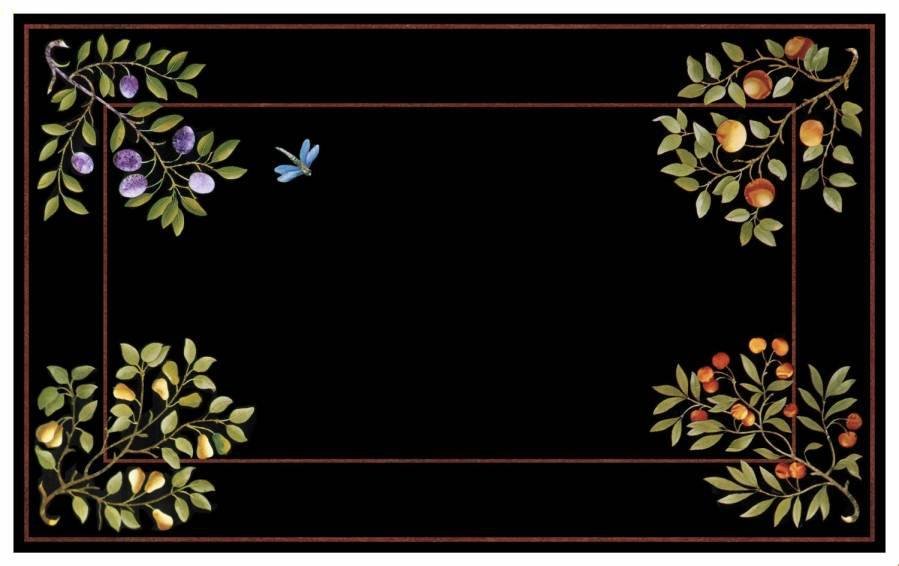
Black Taj Mahal
Who has not known about the legend of the black Taj Mahal? It would be a copy of the Taj Mahal in black, but inverted colors: The white marble is in black, the black marble in white. And the decorations Inlays remain the same. But did this Taj Mahal exist, and if not, was it planned? The answer:- Black Taj Mahal History
















